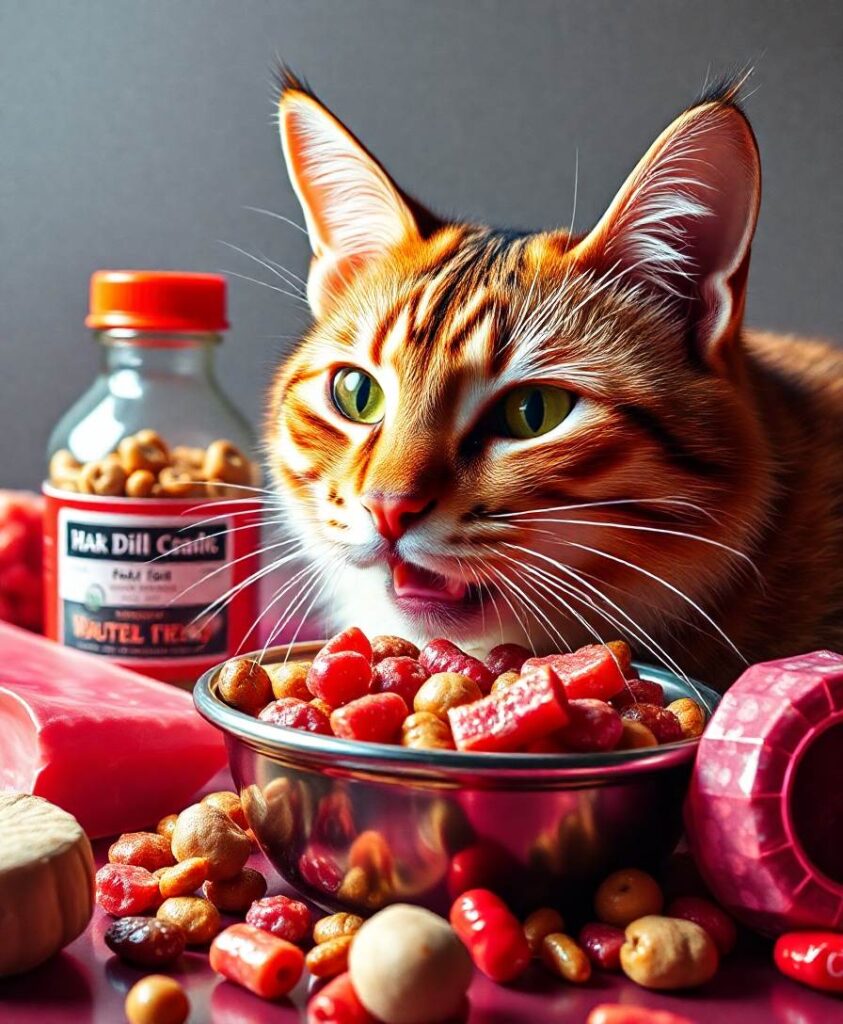Many pet owners don’t realize how sneaky nature’s beauty can be. Easter lilies, which are often used to adorn homes and church altars during the season, are especially toxic to cats. It’s not just the sight of these elegant flowers that can be harmful—every part of the lily, from the petals to the pollen, contains toxins that can cause serious health issues. For a feline with a penchant for investigating new scents, the consequences can be dire, potentially leading to gastrointestinal upset or even kidney damage. So, how do you nurture your love for your pet and still enjoy the festive spirit?
Recognizing the risk: the early signs of lily poisoning in cats
Imagine your cat’s playful paw reaching toward a vase of lilies, unaware of the danger. Within hours, you might notice vomiting, drooling, or lethargy—symptoms that shouldn’t be ignored. The insidious part? The toxins can cause rapid kidney failure, sometimes within just a few days. That’s why awareness is crucial; recognizing the early signs of lily poisoning can make the difference between a simple call to the vet and a heartbreaking emergency. If you suspect your cat has ingested any part of a lily, immediate veterinary care is essential.
Safeguarding your home during Easter: practical tips for pet safety

As you prepare your home for Easter festivities, think about creating a safe environment that respects your pet’s curiosity. Keep all lilies, whether in floral arrangements or as gifts, out of reach—high shelves or closed cabinets are your friends here. Consider replacing traditional lilies with pet-safe flowers like roses or daisies when decorating. Remember, it’s not just lilies that can pose a threat—chocolate, candies, and other holiday treats are also dangerous for pets. Being vigilant about what’s accessible can help prevent accidental poisonings and keep your furry friends healthy and happy during the celebrations.
The quiet power of awareness: protecting pets from seasonal hazards
Living with pets means embracing their curiosity—sometimes even the most beautiful things can be harmful if we’re not careful. Easter is a time of renewal and joy, but it’s also a reminder to pay attention to the subtle ways our environment can impact our animals’ well-being. By understanding the risks posed by common holiday plants like lilies, and taking simple precautions, you empower yourself to create a safe space that allows everyone to enjoy the season without fear. In the end, the greatest gift we can give our pets is awareness—so that their inquisitive nature remains a source of delight, not danger.
Learn More: Beware of Easter Hazards for Your Pets
Abstract: Easter lilies are a springtime tradition, but as lovely as they look, they’re especially toxic to cats. All parts of the flower are toxic, according to Pet Assure, causing gastrointestinal upset and possible kidney damage. Even a small bite could be harmful to your pet’s health. Read Full Article (External Site)

